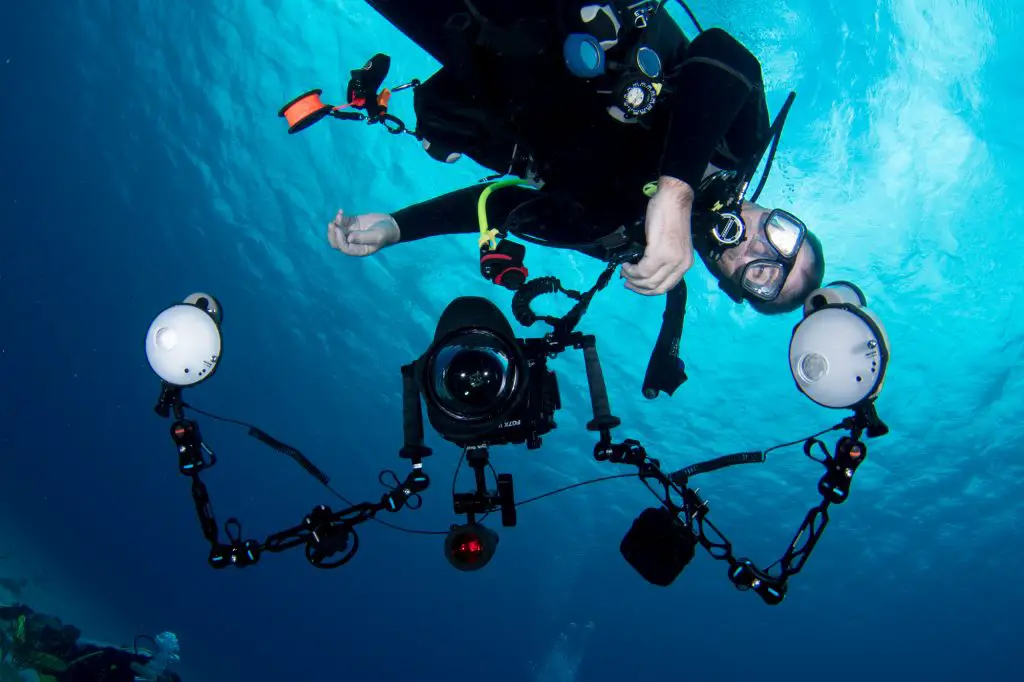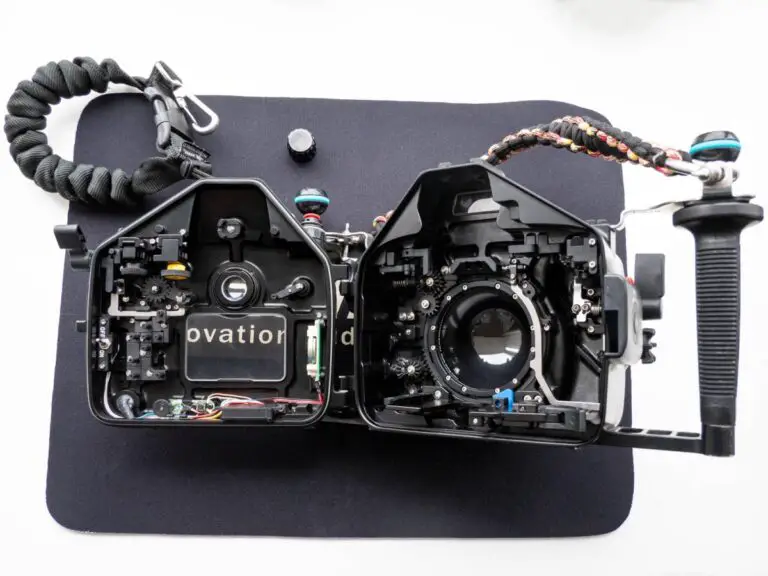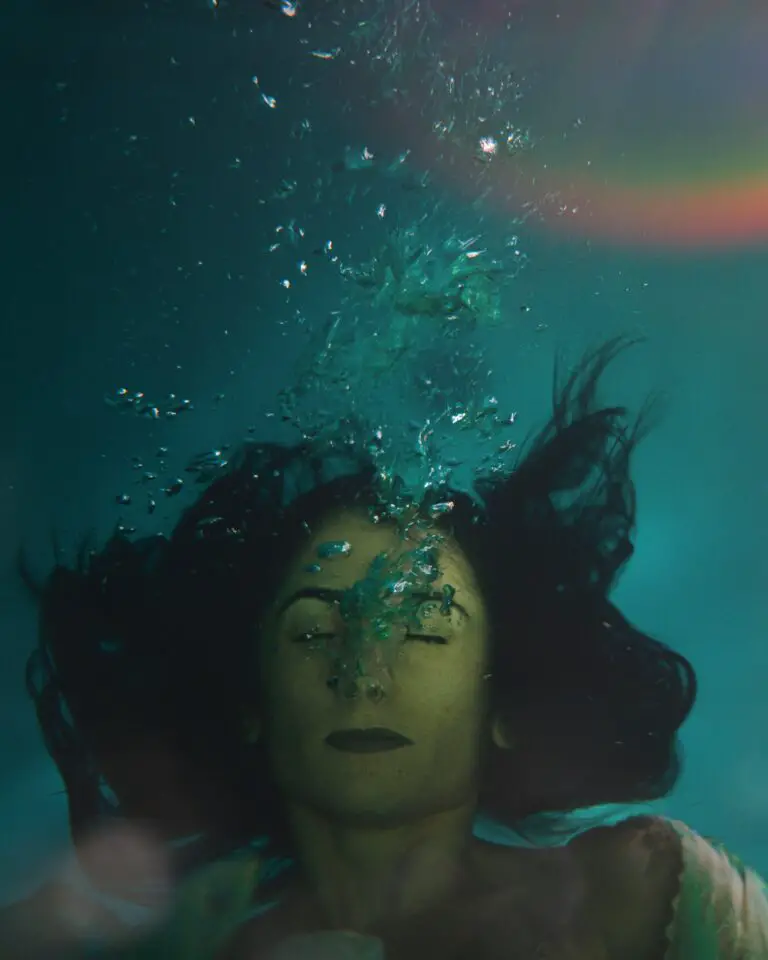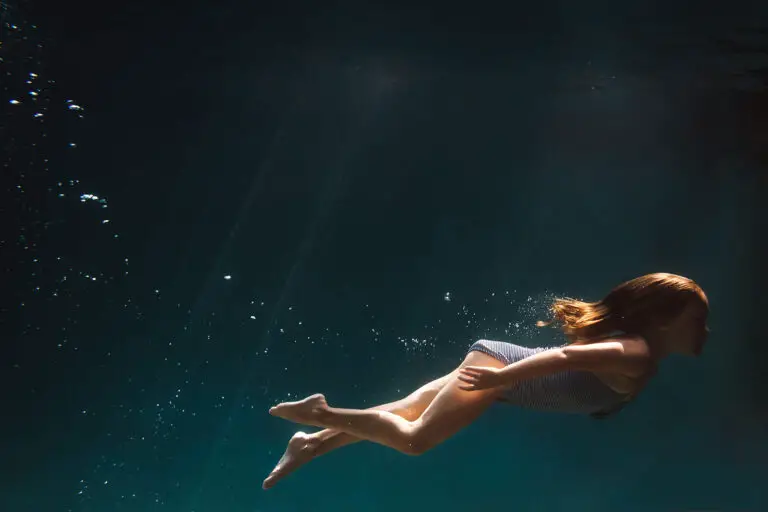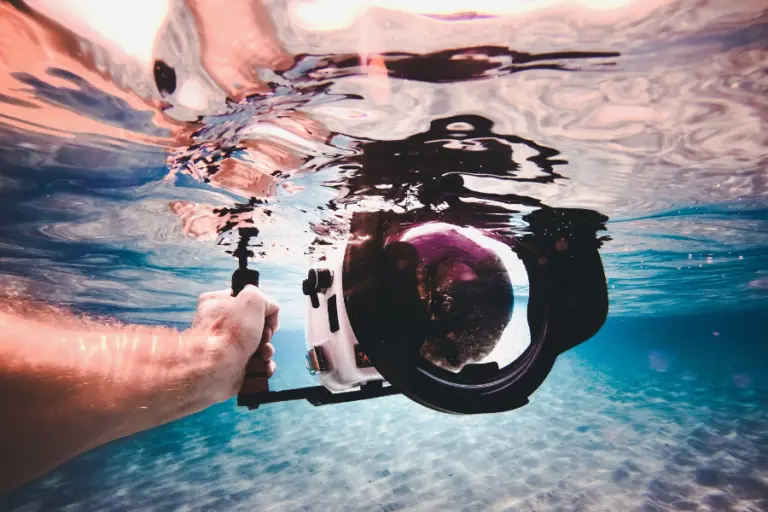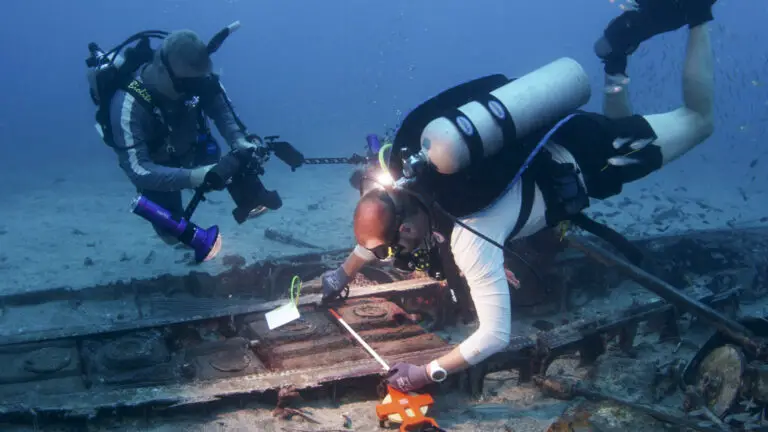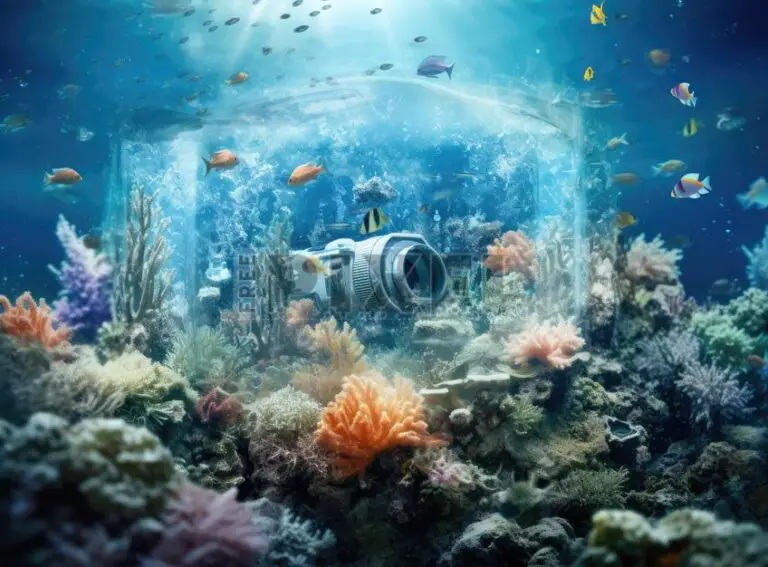Diving into Underwater Videography: Choosing the Perfect Camera Setup
In the world of videography, few environments are as captivating and challenging as the underwater realm. The sapphire blue expanse hides a world of color, movement, and life that is uniquely poetic. With technological advancements opening up underwater photography and videography to thrill-seeking hobbyists and professionals alike, the time has never been riper to explore the depths with a camera in hand.
For those intrigued by the prospect of capturing marine marvels and turning the obscure into the extraordinary, selecting the right camera setup is akin to choosing the right gear for a high-stakes expedition. Leverage the wrong tools, and your creative vision will be gasping for air. In this comprehensive guide to underwater videography, we’ll equip you with the knowledge needed to plunge into the deep and emerge with footage that truly stands out.
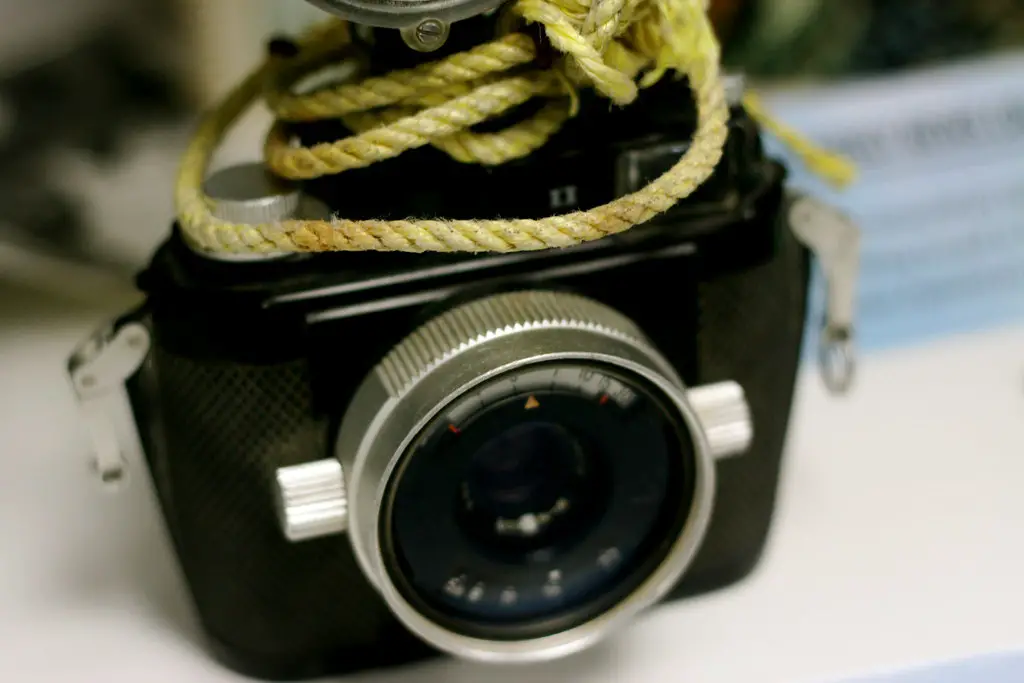
The Importance of Camera Setup in Underwater Videography
The aquatic environment isn’t forgiving. Water can be both a nurturing element and a destructive force to an unprotected camera. When scouting for the perfect underwater videography setup, you must weigh multiple factors with precision akin to balancing coral on a finger.
Waterproofing: The First Line of Defense
The foundational feature of any underwater camera is its ability to repel water. Look for a camera with an IPX8 rating or a housing that can withstand the pressures of the deep. A compromise on waterproofing is a direct compromise on your footage; there are no second chances with water damage.
Image Quality beneath the Waves
The visual playground of underwater ecosystems is brimming with detail, and you’ll want a camera that can capture it all with clarity. High resolution and low light performance are critical. Megapixels and sensor size come into play here, and advancements like image stabilization can make a dramatic difference in the quality of your moving images.
Depth Rating: The Measure of a Camera’s Mettle
Understanding your depth limits is essential for safety and for camera integrity. A camera that’s rated for deeper dives will come with a sturdier build and more robust seals. For many, the poolside may be as daring as it gets, but for those who chase the unknown depths, a high depth rating is more than just a bragging right—it’s a necessity.
Lens Compatibility and Flexibility
Underwater videography scenes can change in the blink of a dolphin’s eye. Having a range of lenses at your disposal allows you to adapt swiftly and capture a variety of shots without changing your entire setup. Flexibility here is key, as the correct lens can be the difference between a good shot and a great one.
Popular Camera Options for Underwater Videography
With the market as vast as the ocean itself, choosing a camera can be overwhelming. Here, we’ll spotlight a few popular options that have made waves in the underwater videography community.
The Power of Action Cameras: GoPro Hero Series
The GoPro series has become synonymous with action and adventure. Their compact and rugged design is perfect for underwater excursions. The Hero series specifically boasts impressive 4K video capabilities, exceptional waterproofing, and a vast selection of accessories that make it a versatile choice for novices and professionals alike.
Mirrorless Marvels: Sony Alpha Series
Sony’s Alpha series has garnered a reputation for outstanding image quality and cutting-edge technology. Models like the a7 series are mirrorless, which means a reduction in bulk without sacrificing performance. With the right housing and extensive lens lineup, these cameras can take you from the shallows to the shipwrecks with ease.
DSLR for Depth and Detail: Canon EOS Series
The Canon EOS series DSLRs are workhorses that deliver consistently stunning images both on land and under the sea. Their robustness in the face of challenging conditions and abundant lens selection give videographers the tools they need to craft scenes with depth and detail.
Accessories for Enhancing Underwater Videography
A camera alone is rarely enough for a videographer intent on exploring beneath the waves. The right accessories can transform a capable camera into an underwater storytelling powerhouse.
Underwater Housings: The Unseen Protector
An underwater housing is the guardian angel of your camera. These custom-fitted casings provide the necessary physical protection and waterproofing to take your camera into the water with confidence.
Lighting Equipment: Illuminating the Ocean’s Mysteries
Water is not a friendly environment for light. As you descend, colors will vanish in the order of their wavelengths, leaving a blue monochrome in its wake. A good set of underwater lights can restore these colors and bring your subject into the viewer’s grasp.
Filters: Balancing the Tides of Color
Filters are to underwater videography what scuba tanks are to divers. They correct the color imbalance caused by water’s natural filtration of sunlight. Selecting the right filter can mean retaining the rich reds and yellows that make underwater footage pop.
Tips for Successful Underwater Videography
Beneath the shimmering surface, a whole world of best practices and techniques lay secret to capturing stunning underwater footage. Here are some valuable tips to ensure your underwater video is as enchanting as the seas themselves.
Understanding Light Conditions
Light behaves differently underwater. The first few meters are lush with sunlight, but as you descend, the light diminishes. It’s essential to understand how light will interact with your scene and to plan your dives and shots accordingly. Shooting during the ‘golden hours’—the moments before sunrise or sunset—can yield magical results.
Stability and Buoyancy: The Art of the Steady Shot
Success in underwater videography often hinges on stability. Without a solid platform, your videos can appear shaky and unfocused. Practice buoyancy control to effortlessly maneuver and hold your position. Consider investing in a camera tray or float arms to aid in maintaining steady shots.
Post-Processing Techniques: The Editing Room’s Water World
Post-processing is the final frontier in bringing your footage to life. Software like Adobe Premiere Pro or DaVinci Resolve can color-correct and stabilize your videos. Additionally, they can help you remove particle noise and fine-tune the visual story you’ve crafted.
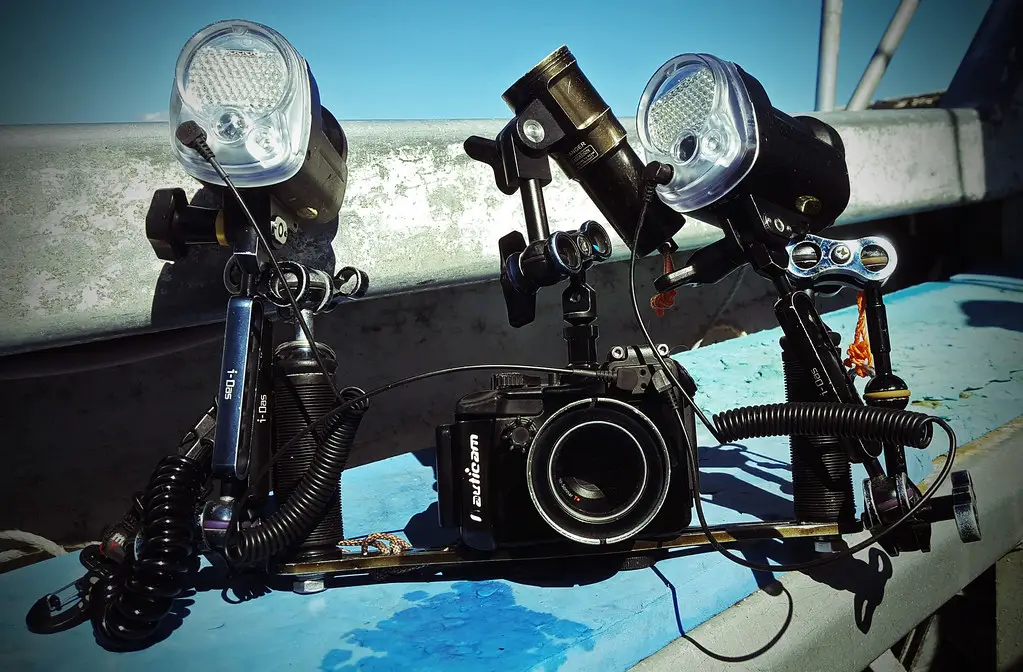
Conclusion
Deciding to explore underwater videography is akin to setting sail on a voyage of discovery. With the right camera setup at your side, the visual stories waiting to be told below the surface are infinite. Remember that each piece of equipment is a brushstroke in the canvas of your film and that preparation and practice are as vital as the camera itself.
Armed with this guide, it’s time to take the plunge. For new adventurers, the microcosms within coral reefs beckon, and for seasoned videographers, the uncharted territories of the open ocean call out. Explore, experiment, and most importantly, enjoy the beauty and serenity that only the underwater world can offer.

